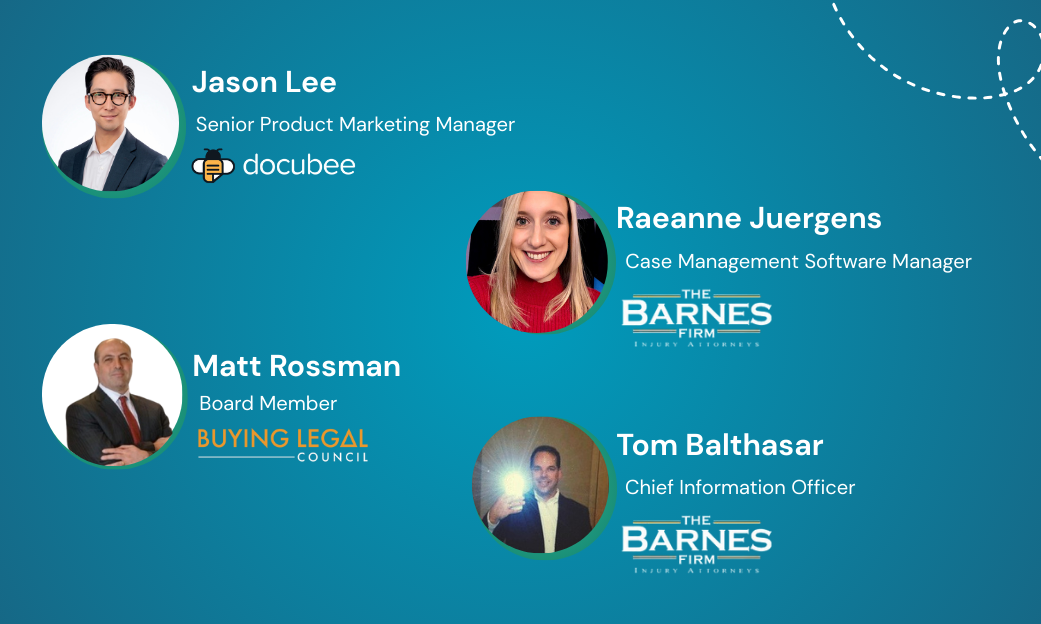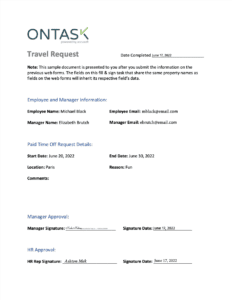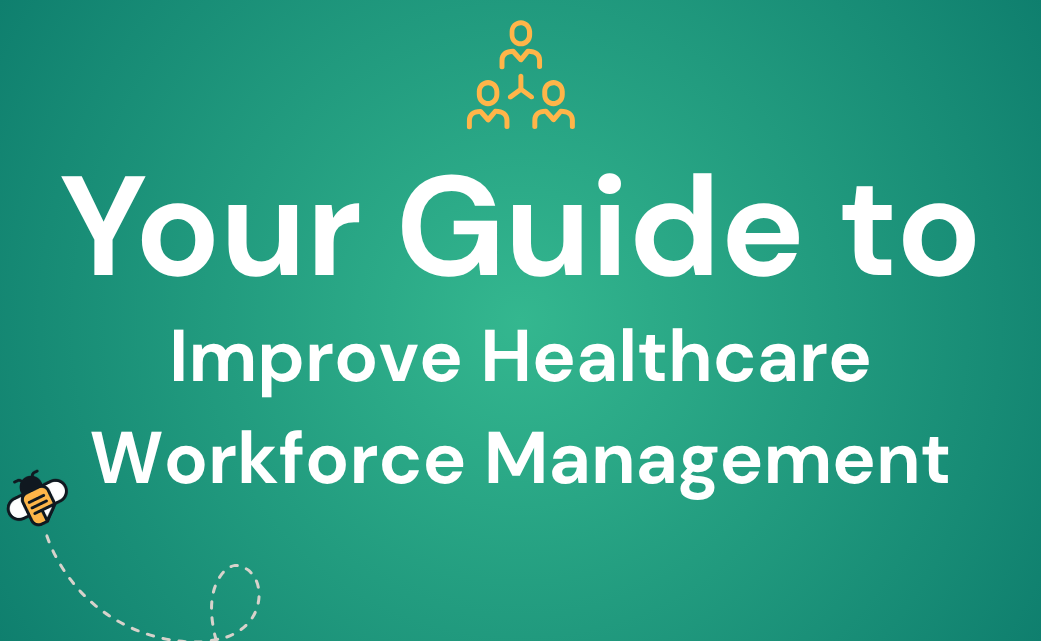Modern legal teams struggle to break free from disconnected systems, leading to hidden costs, user fatigue, compliance issues, and developer dissatisfaction. In our recent webinar, “How Legal Tech Leaders Are Cutting Costs & Driving ROI with Smarter Integrations,” we covered everything you need to know about smarter integrations for legal tech platforms, their benefits, and tips for implementation.
Watch the full recording:
This webinar was led by Jason Lee, Senior Product Manager at Docubee, Matt Rossman, Board Member of Buying Legal Council. They shared valuable perspectives and insights alongside Raeanne Juergens, Case Management Software Manager, and Tom Balthasar, Chief Information Officer at The Barnes Firm.

Continue reading for critical information on legal tech platform API integrations that will help keep your platform compliant and competitive.
The Integration Imperative
Many teams rely on a mosaic of different systems that ideally should function as an all-in-one platform. The truth is, these disparate systems often cause more problems, resulting in:
- Inflated costs
- User fatigue
- Compliance blind spots
- Increased manual management
This is where integrations come in. When done right, integrations compress cycle time by automating crucial processes, ensure regulatory compliance, and ultimately demonstrate clear ROI to leadership.
The Evolving Needs for Smarter Integrations in Legal Tech Platforms
Integrations are no longer just a want for legal automation platforms; they are a need for staying competitive in today’s rapidly evolving market. Even with the best tools under your belt, common bottlenecks are preventing teams from reaching their full potential. Here are common reasons smarter integrations are necessary:
Ecosystem Bloat
Most legal teams operate with a “patchwork platform”, as Jason Lee described it, comprising “best-of-breed tools for document automation, e-billing, spend management, and intake.” While these tools are all excellent in isolation, if they aren’t communicating, they become isolated. Jumping from platform to platform increases complexity and non-billable time due to constant context switching.

Increasing Client (and Leadership) Demands
Workflow velocity demands continue to accelerate, with clients demanding quicker turnaround times and leadership demanding more efficient paperwork processing. However, manual handoffs and exports between disconnected tools create significant bottlenecks to this productivity.
Evolving API Standards
Many legal operations teams are moving towards an API-first approach, where teams expose their functionality and data through service interfaces. Put simply, teams are asking for API documents before they even ask about product features to ensure your product can plug in with their legal AI, BI, or CLM initiatives.
For this reason, open, well-documented endpoints supporting eSignature or clause-level redlining have all moved from nice-to-haves to must-haves for any legal automation tool.
What to Know About Changing Integration Requirements
Jason Lee said it best, “The question isn’t really, should we integrate? It’s more about: Can our platform keep pace with AI workflows? Can our platform keep up with the expanding regulatory surface? And can we, as an organization, keep up with our clients who expect more functionality out of a plug-and-play feature?”
Data needs, ever-changing regulatory fluctuations, and rising customer expectations require flexibility and more robust features in legal automation platforms.
The Need for Clean, Real-Time Data
The rise of AI and predictive tools in legal operations increases the need for better data access and seamless workflow integration. Leading legal teams are experimenting with AI for tasks like clause analysis, automated redlining, and early risk scoring. The issue with disconnected systems is that they can inhibit access to clean data and full knowledge base, leading to less accurate or robust responses from integrated AI tools. Supporting these AI-driven requests is becoming increasingly crucial.
Impending Regulatory Changes
Regulatory evolution is quietly reshaping requirements across industries. One new regulation to be aware of is the Cyber Incident Disclosure rule from the SEC, which demands real-time reporting and audibility. This means disconnected workflows are becoming immediate liabilities because every workflow across all systems needs audit trails detailing data access, movement, and current status. Holes between systems can make managing and reporting for each workflow piece a large undertaking.
The best and least painful way to satisfy this level of audibility is to have systems talking to each other actively, with built-in audit capabilities.
Changing Client Expectations
Lastly, we’re seeing a push towards full-spectrum ecosystem growth and standardization. APIs are no longer just internal tools; they are becoming the currency of vendor interoperability, offering tangible value and functionality that satisfy evolving needs. We see more and more clients demanding open platforms with modular designs, and they’re also demanding plug-and-play compatibility across their legal tech management ecosystem. This flexibility is key to longevity as expectations continue to change.
Key Integration Challenges
Integration challenges for legal tech ecosystems come from the gaps between tools. Think about it: if you’re using one tool to collect customer data that then needs to be exported into another tool to generate a document, that’s wasted time and effort and opens an opportunity for security vulnerability.
Our webinar identified the main areas that this friction directly impacts:
- Compliance & Security – Legal data is inherently sensitive, with every additional touchpoint causing greater risk. Having a solid strategy for encryption, managing version control, and governance over access is key. Integrating tools into a single, robust legal platform is the ideal solution.
- Rigid Infrastructure – With legacy systems in place, our experts have found that many firms try to retrofit their security around the existing system. This can cause further security and functionality issues as data moves between systems and workflows. Additionally, adding new client-friendly functionality can be a challenge with outdated systems.
- User Adoption – Gaining early engagement with the various teams involved can be a challenge, especially when switching from legacy systems.

Strategies for Integration Success
We can address the common struggles with implementation with the right strategies in place. The success of an integration launch depends on a well-planned process. Our hosts shared key elements to consider based on their implementation experiences:
Early Stakeholder Notification
Early and broad stakeholder engagement (IT, procurement, legal, etc.) is critical to avoid launch delays and maximize value realization. The earlier you involve stakeholders into the process, the faster you can move once you select the right vendor.
Matt Rossman shared, “We’ve all been frustrated by picking a wonderful tool, wonderful vendor, great price, and then having contracting and third-party risk management take six to nine months in some cases, where you’re losing the value of the RFI over that period. So I think that’s at the front end that’s necessary, and that’s something if the project team can do. It can drive value because you can realize the benefit of what you’re contracting for and use that much sooner.”
Adopter Buy-In Matters
The key to a successful implementation is communication. Matt noted, “Really getting people in the same room together, whether it’s virtually or live, is key. And being able to hear people’s concerns, pain points, and workloads is critical.”
Having an all–hands–on–deck approach to launch ensures you create space to understand potential roadblocks and address concerns. This allows time for research, providing answers, and managing everyone’s expectations in a clear and realistic way.
Provide Training to Encourage Adoption
The ideal vendor should assist with training your team. Working together as buyers and vendors to create micro-trainings, whether via meetings, pre-recorded videos, or visual tutorials for everyday tasks, makes adopting the new process less daunting. This also creates legacy reference materials for new users, ensuring adoption stays solid throughout the lifetime of the tool.
Build Strategically from the Get-Go
Building a strategic, adaptable integration framework is more effective than ad hoc, project-based integrations. Taking an API-first approach, meaning your legal tech API is built and developed before other application components, allows for platform consistency as new pieces need to be added or changed.
Keep Security the Top Consideration
Security should be baked into the functionality of your platform from the start. Makeshift fixes to meet regulations leave gaps that can cause further compliance issues and vulnerabilities.

Include Key Functionality for Longevity
Successful teams thrive with the right tools. Our panelists shared their top 4 features that keep users engaged:
- Event-Driven Workflows – Enables processes to stay on a pre-determined path and launch signatures natively.
- Single Sign On (SSO) – Ensures a frictionless sign-on experience.
- Familiar Interface – Integrations should be seamless and nearly invisible to end users.
- Unified Data Models – Helps teams get better, cleaner, real-time data.
Ensuring your platform includes features, or at least the ability to build them in, is imperative for saving resources. Technology within your firm can only be truly impactful with full user buy-in, which hinges on ease of use and seamless integration into their daily workflows.

Empower Your Organization to Adapt
If you take away one key message from this post, let it be this: Integrations are not just about linking disparate systems. They’re about strategically empowering your people, processes, and organization to adapt and succeed in a constantly evolving landscape. With the right integration tools for your legal tech platform from the right partner, you can embed crucial functionality to grow alongside your organization.
Ready to see how embeddable signatures and documents can increase ROI? Schedule a demo of Docubee now.


















